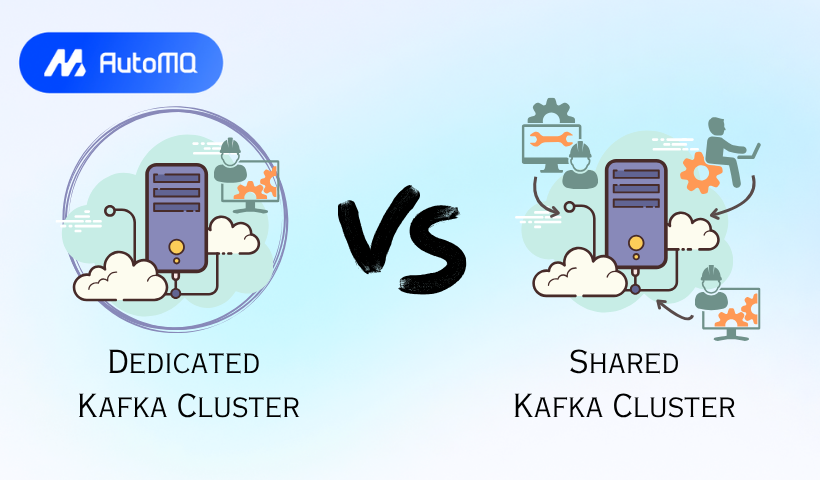Overview
Apache Kafka has become a cornerstone for many organizations, enabling real-time data streaming for a multitude of applications. When deciding to implement Kafka, one of the fundamental architectural choices is whether to use a dedicated Kafka cluster or opt for a shared (multi-tenant) Kafka cluster. Both models have distinct advantages, disadvantages, and operational considerations. Understanding these differences is crucial for making an informed decision that aligns with your organization's technical requirements, operational capabilities, and budget.
This blog post will explore the concepts behind dedicated and shared Kafka clusters, compare them across various dimensions, discuss common challenges, and provide some best practices to help you choose the right model.
What is a Dedicated Kafka Cluster?
A dedicated Kafka cluster is an environment where all Kafka resources—brokers, ZooKeeper nodes (if used), CPU, memory, storage, and network bandwidth—are exclusively allocated to a single application, team, or use case. This means there's no contention for resources from other tenants.
Core Principles and How it Works
The primary principle of a dedicated cluster is resource isolation. This isolation ensures that the performance of one application is not affected by others, and security can be tightly controlled within that isolated environment. Dedicated clusters can be self-managed (either on-premises or in the cloud) or provided as a dedicated offering by a cloud service provider where the underlying infrastructure is reserved for a single customer.
Use Cases
Dedicated clusters are typically favored for:
Mission-critical applications: Where predictable high performance and low latency are paramount.
High-throughput workloads: Applications that ingest or process massive volumes of data.
Strict security and compliance requirements: When data sovereignty or regulatory needs demand complete isolation.
Applications requiring deep customization: When specific Kafka configurations or a particular version is needed that cannot be accommodated in a shared environment.
Advantages
Predictable Performance: Guaranteed resources lead to consistent throughput and latency.
Strong Isolation: Complete separation from other applications ensures better security and fault isolation. No "noisy neighbor" effect.
Full Control and Customization: Ability to fine-tune all Kafka configurations, manage upgrade schedules, and implement custom monitoring or security integrations.
Simplified Resource Management (within the dedication): Easier to track resource usage and plan capacity for the single tenant.
Disadvantages
Higher Cost: Can be significantly more expensive, especially if resources are underutilized. The organization bears the full cost of the provisioned infrastructure [20, 21].
Management Overhead: Requires dedicated operational effort for setup, maintenance, upgrades, scaling, and monitoring, especially if self-managed [2, 20].
Resource Wastage: If the application doesn't fully utilize the dedicated capacity, resources go to waste.
Slower Agility for New Use Cases: Provisioning a new dedicated cluster for every new requirement can be time-consuming.
Key Considerations
When deploying a dedicated Kafka cluster, careful planning for hardware (CPU, RAM, high-speed storage like NVMe SSDs, and network bandwidth) is essential [3]. For Kubernetes-based deployments, considerations include selecting appropriate node pools, configuring storage (e.g., using zone-redundant storage and Premium SSDs), JVM tuning for brokers and controllers, and setting up robust high availability and monitoring [1].
What is a Shared Kafka Cluster (Multi-Tenant Kafka)?
A shared Kafka cluster, also known as a multi-tenant cluster, is an environment where a single Kafka infrastructure serves multiple independent users, applications, or teams, referred to as "tenants."
Core Principles and How it Works
The core principle here is resource sharing while aiming for logical isolation between tenants. This model leverages Kafka's native features and often additional platform capabilities or third-party tools to ensure that tenants can operate as if they have their own Kafka environment, even though they share underlying brokers and other resources. Data isolation is typically achieved using topic naming conventions and Access Control Lists (ACLs), while performance isolation relies heavily on client quotas [28]. Some advanced setups might use "virtual cluster" concepts, where a proxy layer or specific configurations provide a more abstracted, namespace-like environment for each tenant [6, 7, 8].
![Shared Cluster [38]](https://static-file-demo.automq.com/6809c9c3aaa66b13a5498262/69099c5c56f41993cde57533_67480fef30f9df5f84f31d36%252F685e5a77e2bfb92fe1a30020_9fJ7.png)
Use Cases
Shared clusters are often suitable for:
Development and testing environments.
Smaller applications or microservices with modest or bursty throughput needs.
Organizations with many teams needing Kafka access but where individual dedicated clusters would be overkill.
Cost-sensitive scenarios where maximizing resource utilization is key.
Organizations aiming to standardize on a central Kafka service to simplify operations for end-users.
Advantages
Cost-Effectiveness: Sharing infrastructure reduces the per-tenant cost, leading to better resource utilization and economies of scale [21, 28].
Reduced Operational Overhead (for tenants): Individual tenants typically don't need to manage the underlying cluster infrastructure; this is handled by a central platform team or a managed service provider.
Faster Onboarding: New tenants or applications can often be provisioned more quickly on an existing shared cluster.
Efficient Resource Utilization: Diverse workloads from multiple tenants can smooth out overall resource consumption patterns.
Disadvantages
Noisy Neighbor Problem: A poorly behaved or high-demand tenant can consume disproportionate resources, impacting the performance of other tenants [9, 10].
Complex Security and Isolation Management: Ensuring strict data segregation and preventing cross-tenant interference requires meticulous configuration of ACLs, quotas, and potentially network policies.
Fair Resource Allocation Challenges: While quotas help, ensuring fairness across all resource dimensions (CPU, memory, disk I/O, network) can be complex.
Limited Customization: Tenants usually have less control over Kafka configurations, upgrade schedules, or the installation of custom components compared to a dedicated cluster.
Blast Radius: A cluster-wide issue can potentially affect all tenants.
Key Considerations
Implementing a successful shared Kafka cluster requires robust security measures (authentication, authorization, encryption), effective resource governance through quotas, clear topic naming conventions, tenant-specific monitoring capabilities, and potentially advanced logical separation techniques [28].
Side-by-Side Comparison: Dedicated vs. Shared
| Feature | Dedicated Kafka Cluster | Shared Kafka Cluster (Multi-Tenant) |
|---|---|---|
| Performance & Predictability | High, predictable, consistent | Variable, subject to noisy neighbors |
| Resource Isolation | Strong (physical or strong logical) | Logical (via ACLs, quotas, naming) |
| Security Isolation | Strong, simpler to manage for the tenant | Complex, relies on meticulous configuration |
| Fault Isolation | High (issue in one app doesn't affect others directly if they are on different dedicated clusters) | Lower (cluster-wide issue affects all tenants) |
| Cost (TCO) | Higher upfront & operational if self-managed; potentially high if underutilized [20, 21] | Lower per-tenant cost, better resource utilization [21, 28] |
| Scalability (Cluster) | Scaled for single tenant's peak needs | Scaled for aggregate peak of all tenants |
| Scalability (Tenant) | Tenant scales by scaling the whole cluster | Tenant scales within quota limits; new tenants added easily |
| Management Complexity | High for self-managed; lower for dedicated managed [2, 20] | High for platform team; lower for tenants |
| Operational Overhead | High for infrastructure; tenant might bear some | Centralized, lower for individual tenants |
| Customization/Flexibility | High (full control over versions, configs) | Low to moderate (standardized configurations) |
| Monitoring & Observability | Simpler to attribute all metrics to one tenant | Requires per-tenant monitoring capabilities |
Common Issues and Challenges
Dedicated Clusters
Underutilization and Cost Inefficiency: The most common issue is paying for resources that aren't fully used [20].
Operational Burden: If self-managed, the team responsible bears the full weight of operations, from patching to troubleshooting [2].
Scaling Challenges: While scaling is for a single tenant, it can still be a complex and time-consuming process, especially for stateful Kafka brokers [20].
Shared Clusters
Noisy Neighbor Problem: One tenant's high traffic, inefficient client, or resource-intensive operations can degrade performance for others [9, 10]. Mitigation involves robust quotas, rate limiting, and potentially workload segregation or offloading heavy tasks [10].
Fair Resource Sharing: While network and request rate quotas exist, ensuring fairness for CPU, memory, and disk I/O across tenants can still be challenging. Advanced strategies might involve careful partition placement or even some level of broker pool segregation for very different tenant classes [10].
Security and Data Segregation: Misconfigured ACLs or authentication can lead to data breaches or unauthorized access. Strict adherence to security best practices is paramount [11, 28].
Capacity Planning and Billing/Chargeback: Accurately predicting aggregate capacity needs and fairly distributing costs among tenants requires careful monitoring and well-defined chargeback models (e.g., based on resource usage or client throughput) [1, 4].
Troubleshooting Complexity: Diagnosing issues can be harder. Is a problem tenant-specific, or is it a broader cluster issue? Per-tenant monitoring and logging are crucial [30].
Best Practices for Choosing and Managing
When to Choose a Dedicated Kafka Cluster
Your application is mission-critical with stringent, predictable performance and low-latency requirements.
Workloads involve very high and sustained throughput.
You have strict data sovereignty, regulatory compliance, or security needs demanding complete resource isolation.
You require deep control over Kafka configurations, versions, and operational procedures.
You have the budget and operational expertise (or opt for a fully managed dedicated offering).
When to Choose a Shared Kafka Cluster
Cost optimization and maximizing resource utilization are primary goals.
You have many diverse applications or teams needing Kafka, but individual needs don't justify dedicated clusters.
Workloads are generally small, bursty, or for development/testing.
You aim to provide a standardized, centrally managed Kafka service to reduce the operational burden on individual application teams.
You are prepared to invest in robust multi-tenancy governance: strong security policies, meticulous ACL and quota management, and comprehensive tenant-aware monitoring.
Conclusion
The decision between a dedicated and a shared Kafka cluster is not always straightforward. Dedicated clusters offer the highest degree of isolation and performance predictability but come at a higher cost and operational load. Shared clusters promise cost savings and operational efficiency for multiple tenants but require careful governance, robust security, and mechanisms for fair resource allocation to mitigate risks like the noisy neighbor problem.
Carefully evaluate your organization's specific requirements regarding performance, isolation, security, cost, operational capacity, and the number and nature of your Kafka use cases. As Kafka and its ecosystem continue to evolve, with improvements in areas like native multi-tenancy support (e.g., KIP-1134 [7]) and more sophisticated managed service offerings, the options and trade-offs will also continue to shift. The "right" choice today might also evolve as your organization's needs grow and change.
If you find this content helpful, you might also be interested in our product AutoMQ. AutoMQ is a cloud-native alternative to Kafka by decoupling durability to S3 and EBS. 10x Cost-Effective. No Cross-AZ Traffic Cost. Autoscale in seconds. Single-digit ms latency. AutoMQ now is source code available on github. Big Companies Worldwide are Using AutoMQ. Check the following case studies to learn more:
Grab: Driving Efficiency with AutoMQ in DataStreaming Platform
Palmpay Uses AutoMQ to Replace Kafka, Optimizing Costs by 50%+
How Asia’s Quora Zhihu uses AutoMQ to reduce Kafka cost and maintenance complexity
XPENG Motors Reduces Costs by 50%+ by Replacing Kafka with AutoMQ
Asia's GOAT, Poizon uses AutoMQ Kafka to build observability platform for massive data(30 GB/s)
AutoMQ Helps CaoCao Mobility Address Kafka Scalability During Holidays
JD.comx AutoMQ x CubeFS: A Cost-Effective Journey at Trillion-Scale Kafka Messaging
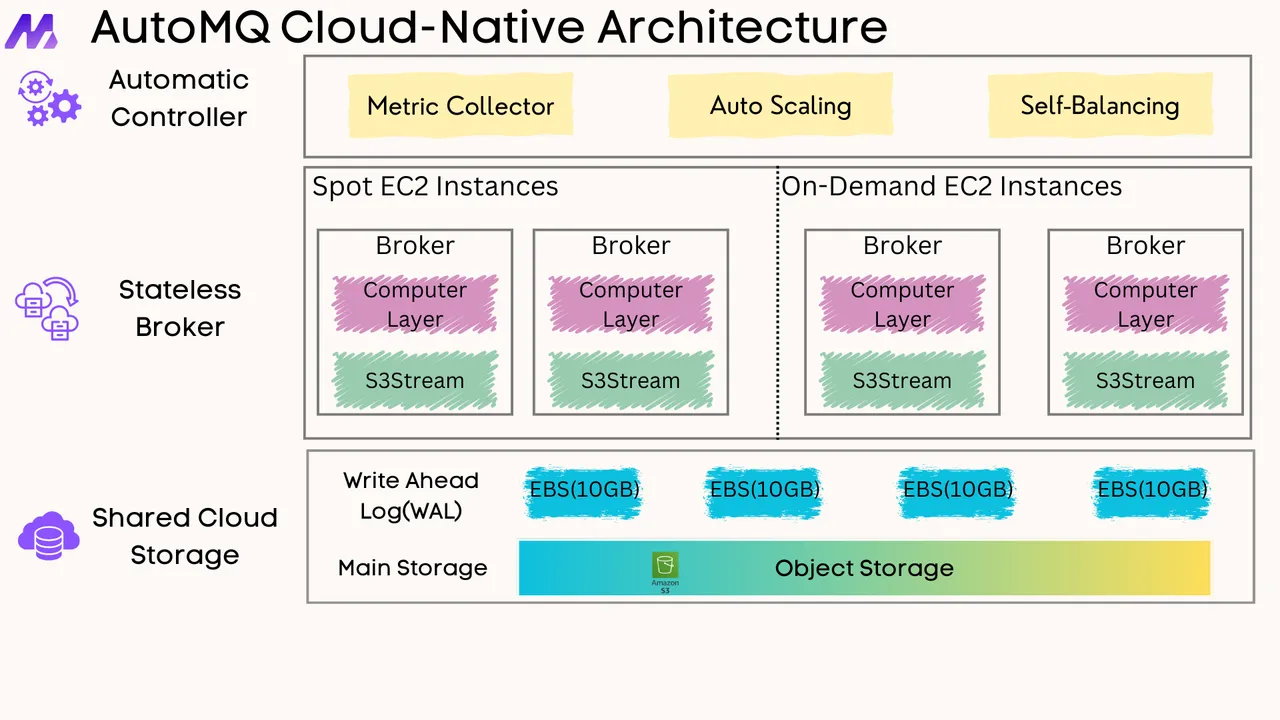
References:
Virtual Clusters in Zilla: Simplifying Multi-tenancy in Kafka
KIP-1134: Virtual Clusters in Kafka
Understanding and Mitigating the Noisy Neighbor Problem in Multi-tenant Systems
Kafka Topic Naming Conventions
Infrastructure Cost Evaluation Guide: Apache Pulsar vs Apache Kafka
Apache Kafka Quotas Explained
Monitoring Multi-tenant Kubernetes Clusters with Capsule and Prometheus
Kafka Multi-tenancy Strategies and Best Practices
Kafka on Kubernetes: Multi-tenancy Strategies
Apache Kafka Topic Naming Conventions and Best Practices
Understanding Kafka Multi-tenancy





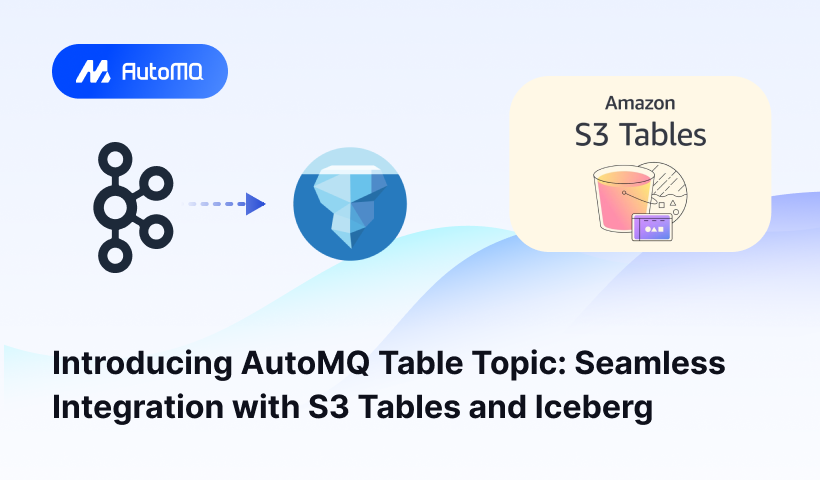
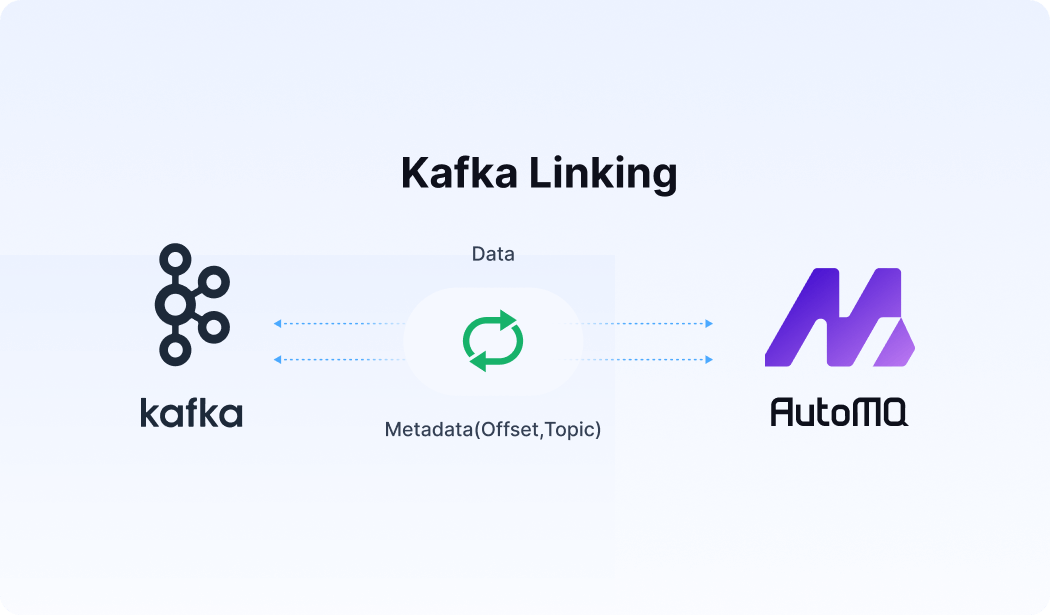




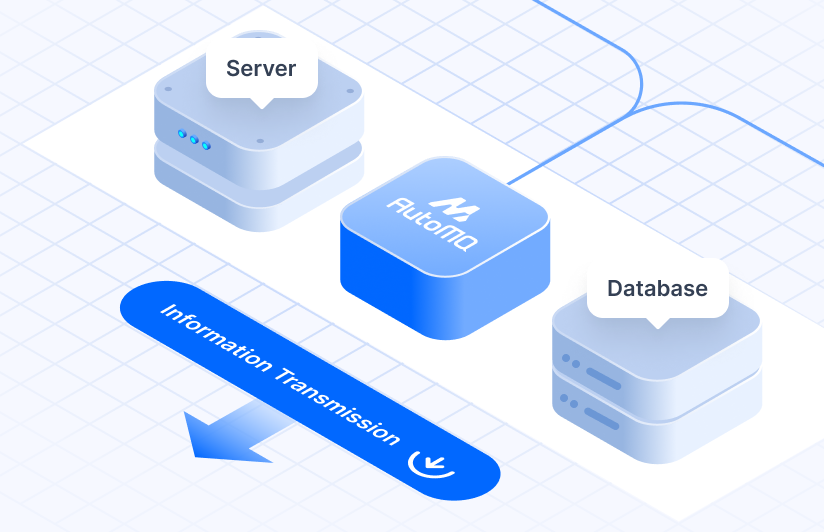



.png)
